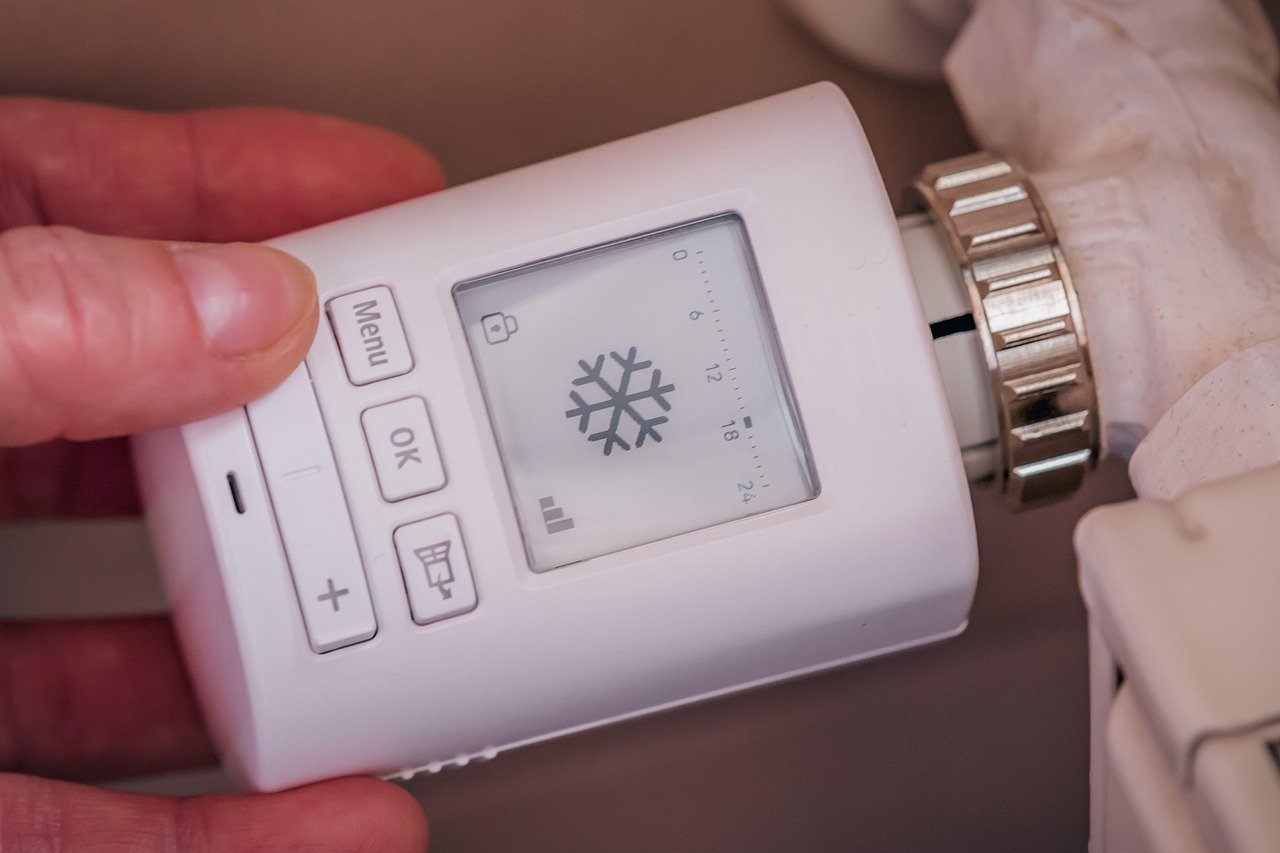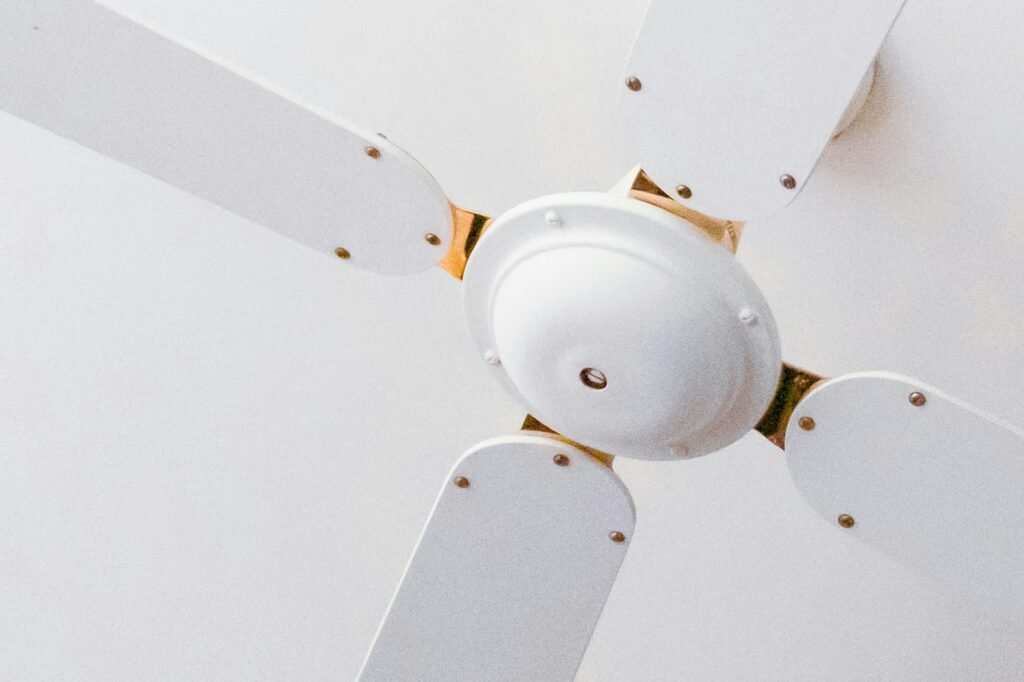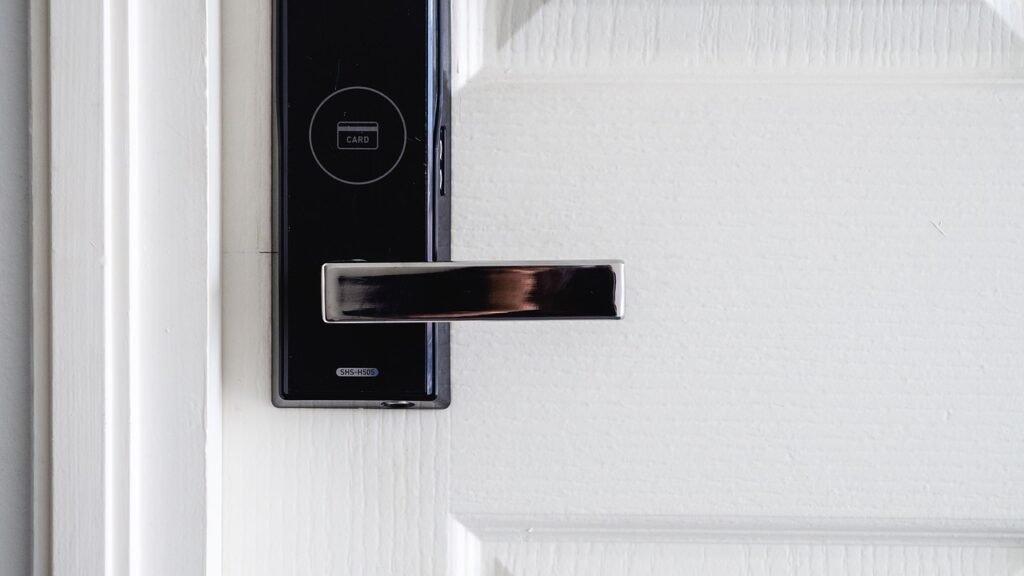Physical Address
304 North Cardinal St.
Dorchester Center, MA 02124
Physical Address
304 North Cardinal St.
Dorchester Center, MA 02124


Improving your home’s energy efficiency doesn’t have to mean expensive upgrades or months of renovations. With a few smart changes and DIY improvements, you can cut down on energy waste, lower your utility bills, and make your home more comfortable year-round. Here’s how to do it:
A well-maintained furnace operates more efficiently and lasts longer. While newer high-efficiency models are ideal, you can still boost the efficiency of an older furnace with regular maintenance. Schedule annual servicing by a professional to clean internal components and ensure optimal operation. On your end, replace filters every three months—or more often if you have pets or recently completed renovations—to improve airflow and reduce strain on the system.
If you have an older water heater, you may be losing heat—and money—every day. While tankless water heaters provide the best efficiency by heating water only when needed, you can improve a traditional electric water heater’s efficiency by wrapping it in an insulating blanket. This reduces heat loss, meaning the unit doesn’t have to work as hard to keep water warm. Additionally, lowering the thermostat to 120°F (49°C) can save energy without sacrificing comfort.

Leaky ducts can waste up to 30% of the heated or cooled air moving through your home, making your HVAC system work harder than necessary. Inspect all visible ductwork in your attic, basement, and crawlspaces. Use HVAC-approved foil tape (not regular duct tape) to seal gaps and leaks at joints. For larger leaks, consider hiring a professional to assess and repair hidden duct issues.
A poorly sealed home means energy loss and higher utility bills. To check for drafts, hold a lit candle or incense stick near window and door frames—if the flame flickers or the smoke moves, you have a leak. Seal gaps with caulking, install or replace weatherstripping, and add a door sweep to prevent air leaks. In colder months, apply exterior window film to improve insulation and reduce heat loss.
Ceiling fans aren’t just for summer. In warm months, they help cool rooms by improving air circulation, reducing reliance on air conditioning. In winter, set your ceiling fan to spin clockwise at a low speed to push warm air down from the ceiling, helping to distribute heat more evenly throughout the room. This can reduce heating costs by up to 10%.

Your washer, dryer, and dishwasher consume a lot of electricity. Many utility companies charge lower rates during off-peak hours—typically in the evenings and on weekends. Running appliances at night can lead to substantial savings. Additionally, opt for shorter wash cycles, use the air-dry function on your dishwasher, and wash clothes in cold water to conserve even more energy.
Clothes dryers account for about 6% of a home’s total energy use. Whenever possible, air-dry your clothes outside in warmer months. During winter, use an indoor drying rack near a heat source to take advantage of existing warmth while reducing humidity in your home.
Dust buildup in and around large appliances makes them work harder and use more energy. Clean the condenser coils at the back of your refrigerator twice a year to keep it running efficiently. Similarly, clean the lint trap and exhaust vent of your dryer regularly to maintain airflow and prevent overheating, which can also be a fire hazard.
A smart thermostat can reduce heating and cooling costs by up to 15% by learning your habits and adjusting temperatures accordingly. It can also be controlled remotely via a smartphone app, allowing you to make real-time adjustments based on your schedule. Additionally, using smart plugs and motion-sensor lighting can help reduce unnecessary energy consumption when devices and lights aren’t in use.

Many electronics, such as TVs, gaming consoles, and cable boxes, continue to draw power even when turned off. Plugging these devices into a power strip and turning it off at night can significantly cut down on energy waste. Smart power strips with timers or motion sensors can automatically turn off devices when not in use.
Even when a device isn’t connected, chargers still draw power when left plugged into an outlet. Once your phone, tablet, or laptop is fully charged, unplug the charger or use a smart plug to cut off power automatically.

If you’ve taken all the DIY steps you can, a professional home energy audit can help identify hidden inefficiencies. Auditors use specialized tools like infrared cameras and blower door tests to pinpoint areas where insulation and sealing can be improved. Many utility companies offer free or discounted audits, so check with your provider to see if this service is available.
By implementing these energy-saving strategies, you can reduce waste, lower your utility bills, and create a more comfortable home environment. Small changes add up over time, leading to big savings and a smaller carbon footprint. Start with the easiest upgrades and build from there—your wallet and the planet will thank you!